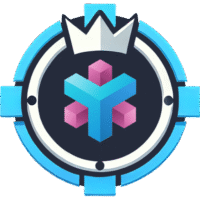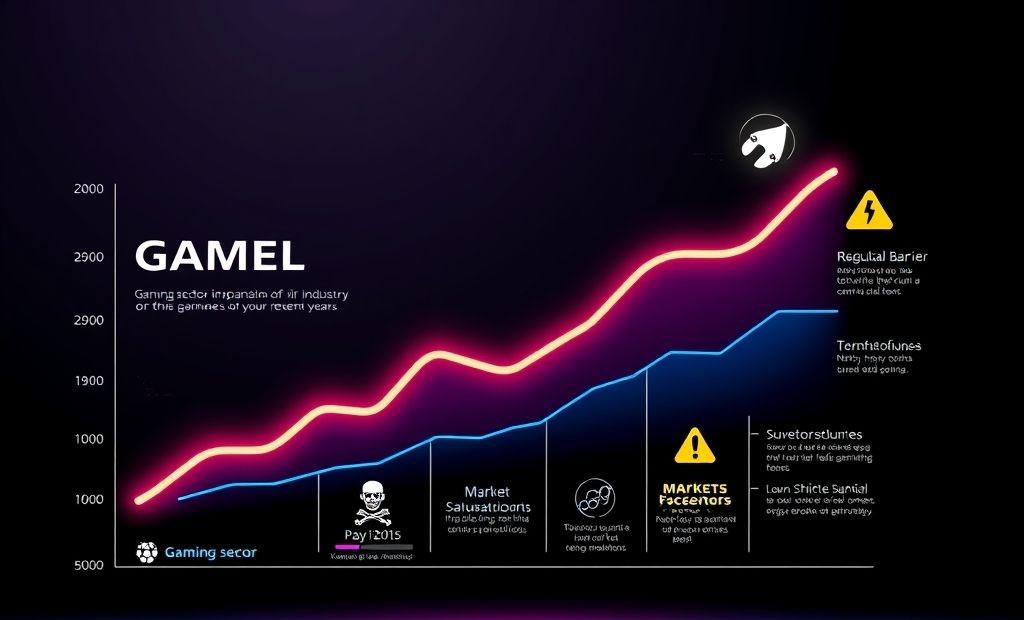Building a Tech Project: A Step-by-Step Guide
Embarking on a tech project can feel overwhelming. From the initial spark of an idea to the final deployment, navigating the process requires careful planning and execution. This guide provides a step-by-step approach to building a successful tech project, emphasizing best practices at each stage. Whether you’re developing a mobile app, a web application, or a data science initiative, these steps will help you stay on track.
1. Ideation and Planning: Laying the Foundation
Every great tech project starts with a solid idea. But a great idea needs a great plan.
1.1. Define Your Project
Clearly define the purpose and scope of your project. What problem are you solving? Who is your target audience? What are the key features?
- Identify the core problem.
- Define your target user.
- Outline essential features.
1.2. Conduct Market Research
Understand the existing landscape. Are there similar solutions? What are their strengths and weaknesses? Market research helps you identify opportunities and avoid pitfalls.
- Analyze competitors.
- Identify market gaps.
- Assess the feasibility of your idea.
1.3. Create a Project Scope Document
Document your project’s scope, objectives, and deliverables. This document serves as a reference point throughout the development process.
1.4. Choose the right tech stack
Select appropriate technologies based on project needs. Consider factors like scalability, maintainability, and team expertise. If you are not sure where to start, consider using AWS, Azure, or Google Cloud.
2. Design and Prototyping: Visualizing Your Solution
Transform your ideas into tangible designs and prototypes.
2.1. Wireframing and Mockups
Create low-fidelity wireframes and high-fidelity mockups to visualize the user interface and user experience (UI/UX). Tools like Figma or Adobe XD are invaluable here.
2.2. Prototyping
Develop interactive prototypes to test the functionality and usability of your design. Gather feedback from potential users to iterate and refine your design.
- Build interactive prototypes.
- Conduct user testing.
- Iterate based on feedback.
3. Development: Building the Core Functionality
Translate your designs and prototypes into functional code.
3.1. Agile Development
Embrace agile methodologies like Scrum or Kanban to manage the development process. Break down the project into smaller, manageable sprints.
3.2. Version Control
Use a version control system like Git to track changes, collaborate effectively, and manage code versions.
3.3. Code Quality
Write clean, maintainable, and well-documented code. Follow coding standards and best practices. Consider using ESLint or similar tools to maintain code quality.
// Example of a well-commented C# code
public class MyClass {
/// <summary>
/// This method calculates the sum of two integers.
/// </summary>
/// <param name="a">The first integer.</param>
/// <param name="b">The second integer.</param>
/// <returns>The sum of a and b.</returns>
public int Add(int a, int b) {
return a + b; // Returns the sum of the two integers
}
}
4. Testing and Quality Assurance: Ensuring Reliability
Thoroughly test your application to identify and fix bugs.
4.1. Unit Testing
Write unit tests to verify the functionality of individual components. Use testing frameworks like JUnit or Pytest.
4.2. Integration Testing
Test the interaction between different components to ensure they work together seamlessly.
4.3. User Acceptance Testing (UAT)
Involve end-users in the testing process to validate that the application meets their requirements. Tools like TestRail can help manage test cases.
5. Deployment: Launching Your Project
Deploy your application to a production environment.
5.1. Choose a Deployment Strategy
Select a deployment strategy that suits your project’s needs. Common strategies include continuous deployment, blue-green deployment, and canary deployment.
5.2. Configure Infrastructure
Set up the necessary infrastructure, including servers, databases, and networking. Consider using cloud services like AWS, Azure, or Google Cloud to simplify infrastructure management.
5.3. Monitor Performance
Monitor the performance of your application after deployment. Use monitoring tools like New Relic or Datadog to track key metrics and identify potential issues.
6. Maintenance and Updates: Keeping Your Project Alive
Regularly maintain and update your application to address bugs, improve performance, and add new features.
6.1. Bug Fixes
Promptly address any bugs reported by users or identified through monitoring.
6.2. Performance Optimization
Continuously optimize the performance of your application to ensure a smooth user experience.
6.3. Feature Updates
Add new features based on user feedback and market trends. Prioritize updates based on their impact and feasibility. Consider using Jira or Trello to track feature requests.
Final Words
Building a tech project requires careful planning, diligent execution, and continuous improvement. By following this step-by-step guide and embracing best practices, you can increase your chances of success. Remember to stay adaptable, learn from your mistakes, and always prioritize the needs of your users. Good luck with your tech project!










